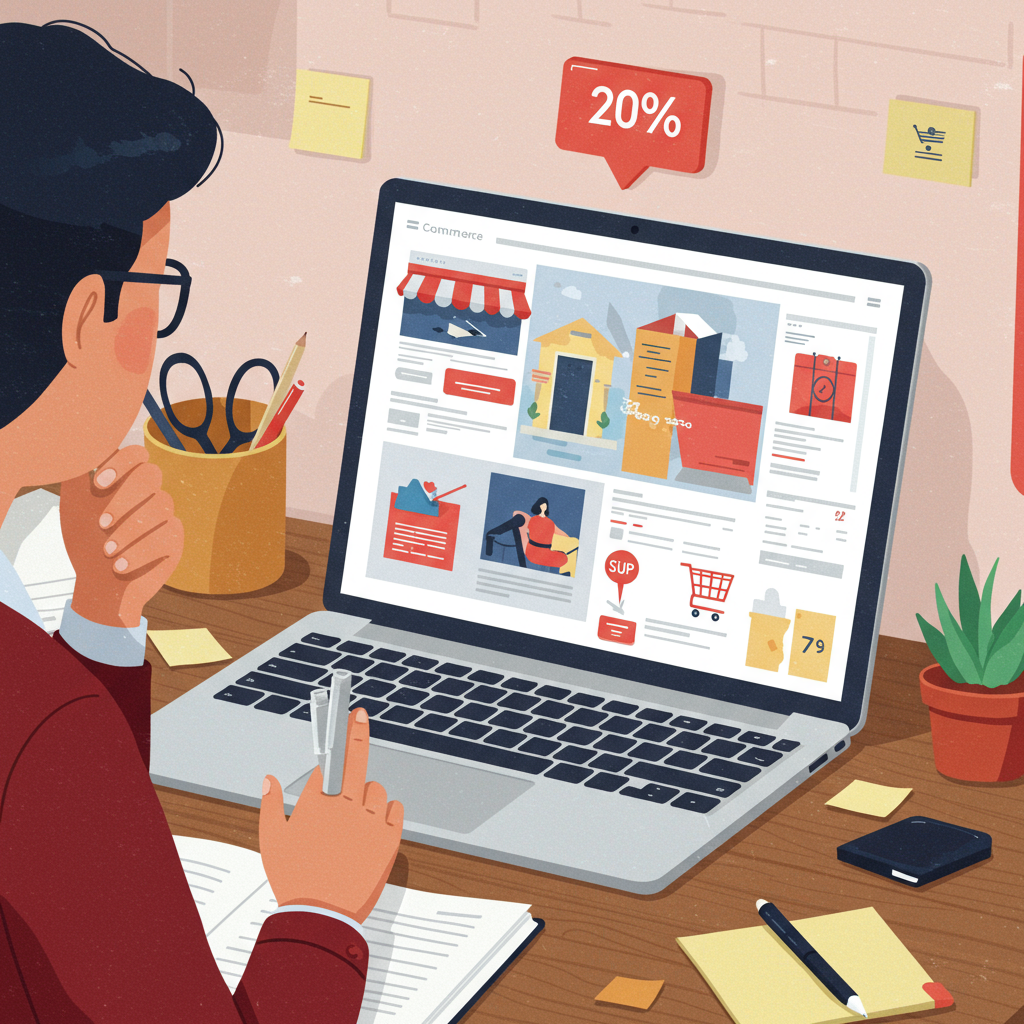My guide to kickstarting your online store’s success and scaling effectively from day one.
Hello fellow aspiring entrepreneurs! I remember the excitement, and perhaps a little overwhelm, when I first launched my Shopify store. It’s a fantastic platform, but getting noticed and making those initial sales can feel like climbing a mountain.
That’s why I’ve put together this comprehensive guide, sharing the exact growth hacks and strategies I’ve learned and applied to help new sellers like you not just survive, but thrive in the competitive e-commerce landscape.
My first piece of advice, and one I can’t stress enough, is to truly understand your niche. Don’t just sell products; solve problems or cater to specific passions. A well-defined niche makes all your marketing efforts far more targeted and effective.
Before you even think about marketing, ensure your store is a welcoming and efficient place for your customers. This means optimizing your theme for speed and mobile responsiveness. A slow or clunky site will drive potential buyers away faster than anything.
I always recommend using high-quality, professional product photography. Your images are your storefront window online. They need to be clear, well-lit, and showcase your product from multiple angles, ideally with lifestyle shots.
Beyond images, compelling product descriptions are crucial. Don’t just list features; tell a story. Explain the benefits, how the product will improve your customer’s life, and what makes it unique. Use evocative language.
Building trust is paramount for new sellers. I advise prominently displaying your return policy, shipping information, and contact details. Transparency builds confidence and reduces buyer hesitation.
Implement customer reviews from day one. Even if it’s just a few initial sales, encourage feedback. Social proof is incredibly powerful. Apps like Loox or Judge.me can automate this process for you.
Now, let’s talk about getting traffic. My go-to strategy for organic reach is Search Engine Optimization (SEO). Start with keyword research to understand what your potential customers are searching for.
Optimize your product titles, descriptions, and blog posts with these keywords. Remember, SEO is a long game, but the organic traffic it brings is incredibly valuable and sustainable.
Email marketing is another powerhouse. I always recommend setting up an email capture pop-up or banner on your site, offering a small discount or exclusive content in exchange for an email address.
Once you have those emails, don’t just let them sit there. Set up an automated welcome series. This is your chance to introduce your brand, share your story, and offer a first-purchase incentive.
Beyond the welcome series, plan regular newsletters. Share new product launches, behind-the-scenes content, special promotions, or helpful tips related to your niche. Keep your audience engaged.
Social media is non-negotiable. Identify where your target audience spends their time – Instagram, TikTok, Facebook, Pinterest? Focus your efforts there rather than trying to be everywhere at once.
For new sellers, I suggest focusing on organic content first. Share engaging posts, stories, and reels that showcase your products, your brand personality, and connect with your audience on a personal level.
Don’t shy away from user-generated content. Encourage customers to share photos of themselves using your products and repost their content (with permission, of course!). It’s authentic social proof.
When you’re ready, consider running small, targeted paid ad campaigns. Even a modest budget can yield results if your targeting is precise. Start with retargeting ads for abandoned carts or website visitors.
Abandoned cart recovery is a low-hanging fruit for sales. Shopify has built-in features, but I recommend using an app that allows for more customized email sequences, perhaps with a small discount after a few hours.
Think about upselling and cross-selling. When a customer adds an item to their cart, can you suggest a complementary product? “Customers who bought this also bought…” is a classic for a reason.
Excellent customer service will set you apart. Respond promptly to inquiries, be empathetic, and go the extra mile. A happy customer is a repeat customer and a powerful brand advocate.
Leverage Shopify apps. The app store is a treasure trove of tools that can automate tasks, improve marketing, enhance customer experience, and streamline operations. Don’t be afraid to explore.
I always tell new sellers to track their analytics. Shopify’s built-in reports are a great starting point. Understand where your traffic is coming from, what products are selling best, and where customers might be dropping off.
Use this data to iterate and improve. E-commerce is an ongoing experiment. What worked yesterday might not work tomorrow, so be agile and willing to adapt your strategies.
Finally, remember that growth takes time and consistency. Don’t get discouraged by slow initial sales. Keep refining your products, your marketing, and your customer experience.
Building a successful Shopify store is a marathon, not a sprint. My advice is to stay persistent, learn from every interaction, and always put your customer first.
I hope these insights provide a solid foundation for your Shopify journey. What are your thoughts on these growth hacks, and which one do you plan to implement first?
Remember, every big success story started with a single step. Take yours today, armed with these strategies, and watch your Shopify store flourish.






